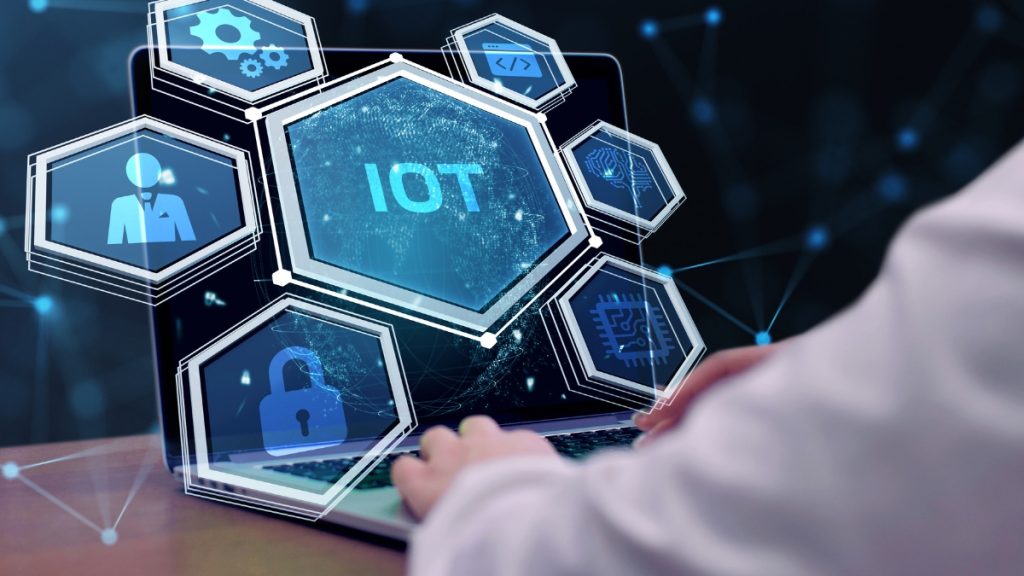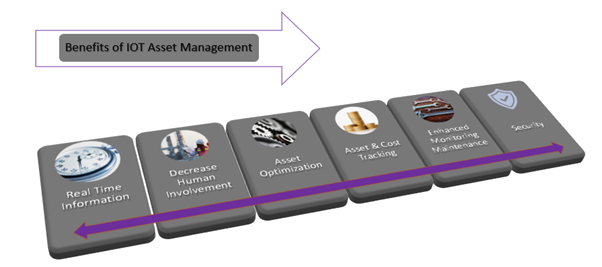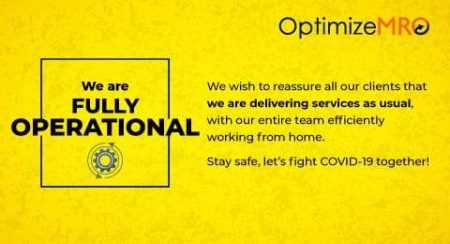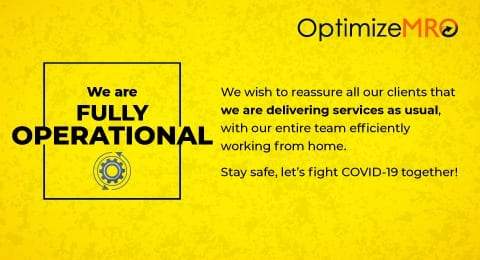
 Step 1:Data acquisition and transmission to the cloud: Sensors collect data from the ambiance and then send it to the cloud with the help of an intermediary device. The device prepares the data by cleaning, preprocessing, and analysing for transmitting it to the cloud, here sensors play an important role to measure parameters like temperature, light, moisture which further provided to control system to preprocess the data.
Step 2: Data Processing: Once the data is transmitted, the cloud pub/sub (messaging service) receives messages from the devices which are securely connected to the cloud, then messages are transmitted to read, and data pipelines are generated using beam pipelines. Some of these platforms include BigQuery, BigTable, Cloud Storage.
Step 3: Data Analytics & Machine Learning: The comprehensive data, including historical data, real-time streaming data, and metadata, are combined to generate accurate data insights. The data insights are suggested by different model such as ML Models, Data Warehousing Tool like AWS Redshift, Hadoop or GCP Big Query.
Step 4: Dashboards & Reports Generation: After the thorough stages of data collection, data processing and data analysis, data reporting and dashboarding solutions are the eventual steps to gaining insight into events. The data gets turned into customized reports that are easy to read, share, and appropriate for managing assets. Google Datastudio, Kibana, Tableau are some of the widely used tools to convert the data into informative and customizable dashboards and reports.
Benefits/Advantages
IoT-based smart asset management is what the traditional solutions did, plus a lot more. This new age smart solution transforms workflows and processes into an integrated one by building a single strategic system/plan. It adds intelligence with real-time data analysis, alerts, dynamic edge control of assets, predictive maintenance, and real-time visibility, along with automated workflows.
Step 1:Data acquisition and transmission to the cloud: Sensors collect data from the ambiance and then send it to the cloud with the help of an intermediary device. The device prepares the data by cleaning, preprocessing, and analysing for transmitting it to the cloud, here sensors play an important role to measure parameters like temperature, light, moisture which further provided to control system to preprocess the data.
Step 2: Data Processing: Once the data is transmitted, the cloud pub/sub (messaging service) receives messages from the devices which are securely connected to the cloud, then messages are transmitted to read, and data pipelines are generated using beam pipelines. Some of these platforms include BigQuery, BigTable, Cloud Storage.
Step 3: Data Analytics & Machine Learning: The comprehensive data, including historical data, real-time streaming data, and metadata, are combined to generate accurate data insights. The data insights are suggested by different model such as ML Models, Data Warehousing Tool like AWS Redshift, Hadoop or GCP Big Query.
Step 4: Dashboards & Reports Generation: After the thorough stages of data collection, data processing and data analysis, data reporting and dashboarding solutions are the eventual steps to gaining insight into events. The data gets turned into customized reports that are easy to read, share, and appropriate for managing assets. Google Datastudio, Kibana, Tableau are some of the widely used tools to convert the data into informative and customizable dashboards and reports.
Benefits/Advantages
IoT-based smart asset management is what the traditional solutions did, plus a lot more. This new age smart solution transforms workflows and processes into an integrated one by building a single strategic system/plan. It adds intelligence with real-time data analysis, alerts, dynamic edge control of assets, predictive maintenance, and real-time visibility, along with automated workflows.
 IOT is the future of businesses, and it will provide highly customised solutions for various industries and manufacturing processes. Implementation of IIOT in every industry is cumbersome as it comes with high initial investment. However, growing demand and new technologies will optimize the cost of IIOT in next 5 years. Industries that stick with the traditional asset management solutions will have to move towards digital solutions in a few upcoming years or might have to face the challenges of the traditional methods, competitors, eventually adopting the IoT asset management solution forcibly. The emerging global technology trends are increasingly improving the nature of business, making the conversion to IIOT is inevitable.
IOT is the future of businesses, and it will provide highly customised solutions for various industries and manufacturing processes. Implementation of IIOT in every industry is cumbersome as it comes with high initial investment. However, growing demand and new technologies will optimize the cost of IIOT in next 5 years. Industries that stick with the traditional asset management solutions will have to move towards digital solutions in a few upcoming years or might have to face the challenges of the traditional methods, competitors, eventually adopting the IoT asset management solution forcibly. The emerging global technology trends are increasingly improving the nature of business, making the conversion to IIOT is inevitable.



